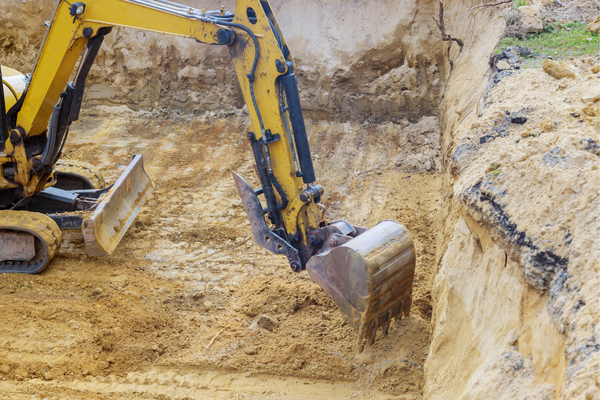
Proper site preparation is one of the most critical—and most overlooked—stages of residential construction. Before any concrete is poured or structural elements are installed, the building platform must be correctly formed, cleared, and compacted. Failure to manage this phase effectively is a leading cause of slab movement, cracking, water ingress and long-term structural issues.
Under the National Construction Code (NCC) and AS 2870 – Residential Slabs and Footings, builders have a responsibility to ensure that the foundation system is suitable for the soil classification and that the site is prepared to standard. This includes:
In the ACT, piers are required on the majority of residential sites due to local soil profiles and site classifications. Piers must always be installed strictly in accordance with the engineering design, including the specified diameter, depth, spacing, and vertical alignment. While it may seem obvious, it is not uncommon to find piers installed on an angle or not drilled to the required depth.
All pier holes must be free of moisture and debris before concrete placement, as water or loose material can soften the bedding layer and compromise load transfer. On sites with highly reactive or unsuitable ground conditions, piers are often the most critical structural element supporting the slab system. Poor installation can result in differential settlement and long-term structural movement.
Correct pier installation is fundamental to slab stability — it is not a step that can be rushed or overlooked.
Why it matters
Rectifying slab movement or drainage issues after construction is significantly more expensive and disruptive than doing the job properly at the outset. Ensuring correct site preparation is not only a requirement of AS 2870, but it also demonstrates due diligence and reduces warranty risk for the builder and homeowner.
At MBA ACT, we often see preventable defects linked to inadequate excavation and site preparation. A well-prepared building platform sets the foundation — literally — for the success of the entire project.
If you need support with site inspections, compaction documentation, or ensuring your site preparation meets NCC and AS requirements, our Building Advisory Team can assist.
Build it right from the ground up.
If you have any questions or need further guidance, please don’t hesitate to contact our Advisory team:
📞 (02) 6175 5900
📧 workplace@mba.org.au